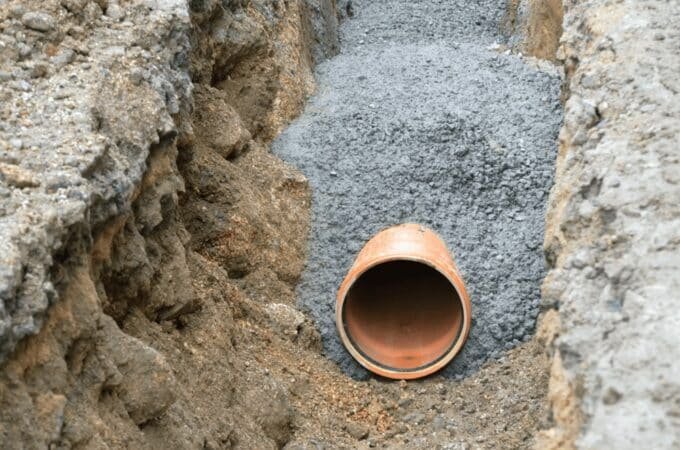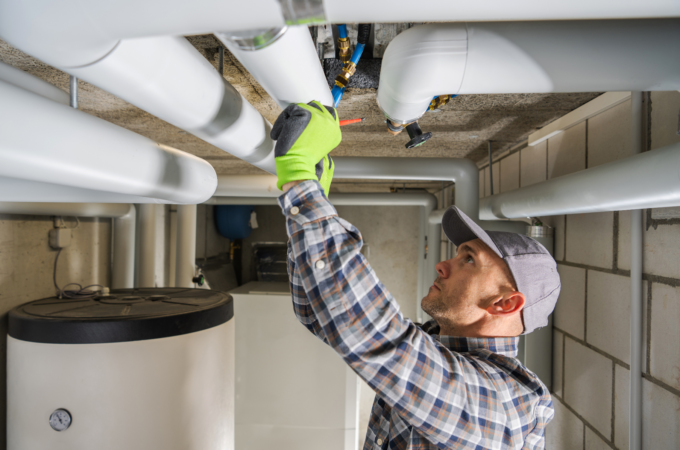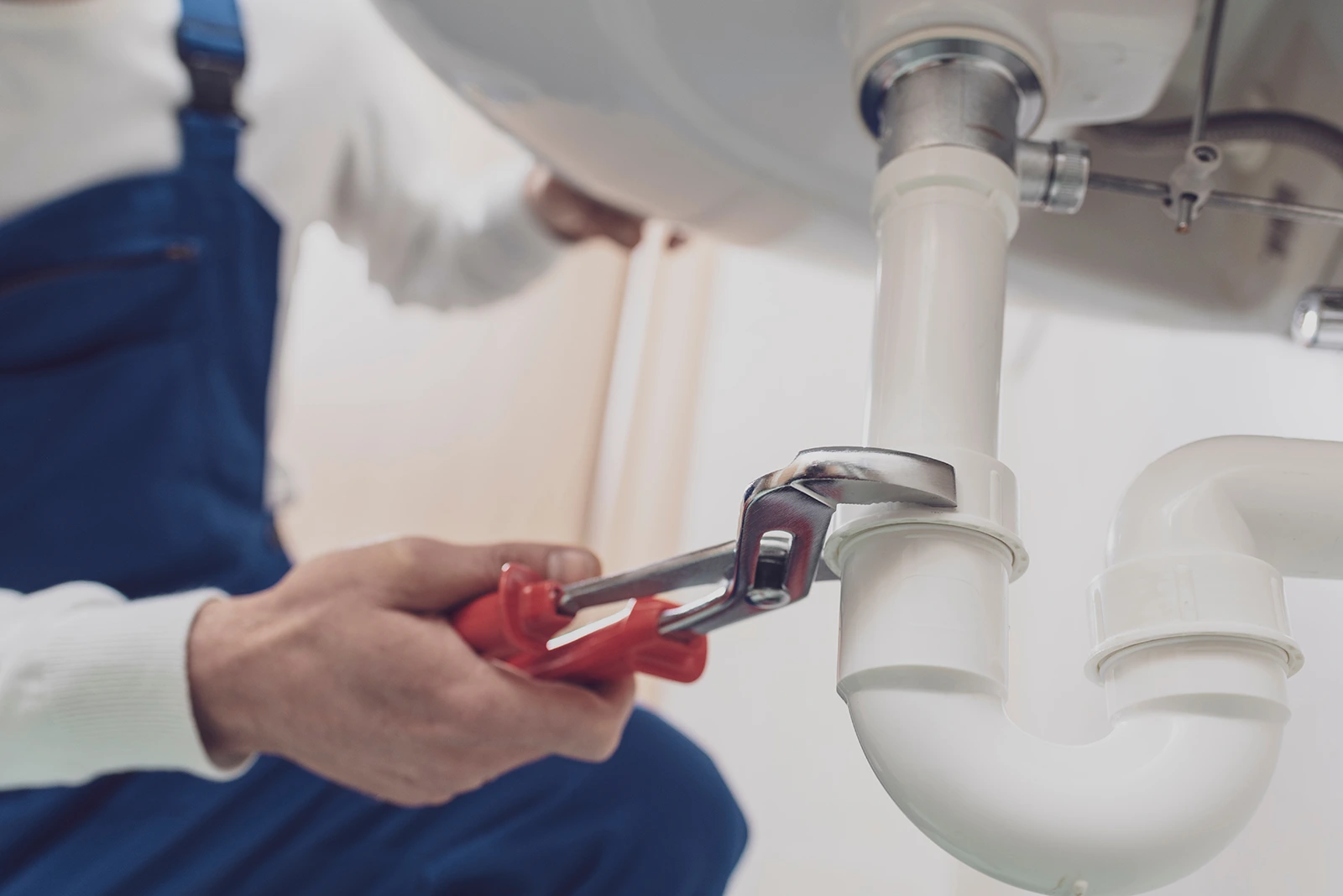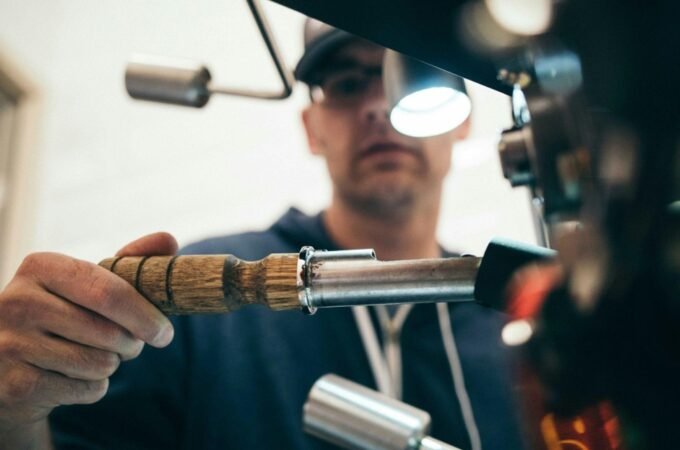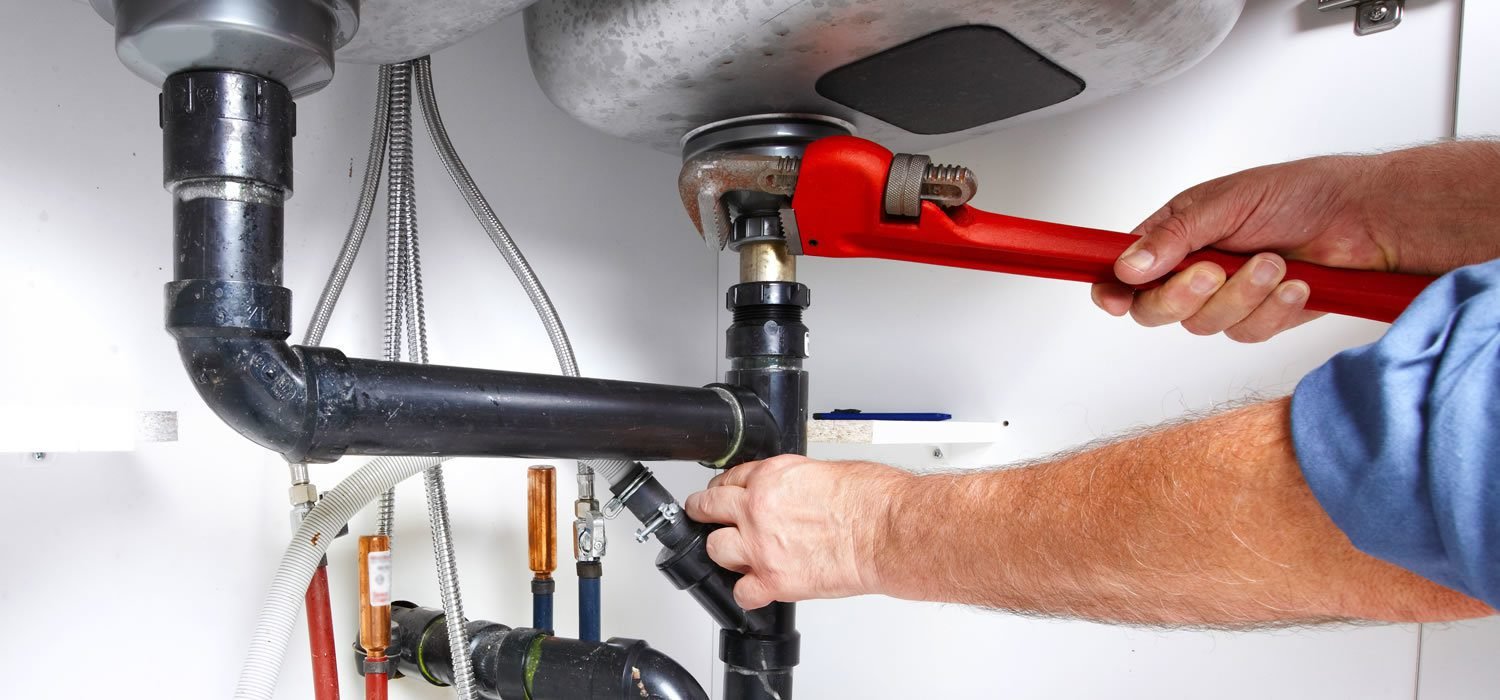
5 Basic Plumbing Repairs Every Homeowners Should Know How to Complete
As a homeowner, you shouldn’t necessarily have to be able to tackle every type of plumbing emergency that can arise. There are some jobs better left to the professionals. But by knowing how to perform these five basic plumbing repairs yourself, you can help to keep your plumbing system running better and also save yourself some money on plumbing repairs.
Table of Contents
Toggle1. How to Shut Off the Water to the House
Some plumbing repairs require the water to be shut off first. Plus, in a plumbing emergency, turning off the water can help to prevent very costly water damage within your home. For example, if a pipe bursts, that may not be something you as the homeowner can fix yourself. Turning off the water can prevent more water from flooding out into your home.
Repairing water damage can be extremely expensive and there may be some items you can’t replace. Knowing how to turn the water off in your home can help to prevent water damage before it occurs. Plus, if a plumbing repair requires the water to be off, you can do it before the plumber arrives.
Locate the Main Water Shutoff Valve
To shut the water off to your home, you’ll need to know where to find the main water shutoff valve. The location may be different in every home, but the valve is most likely located near where the water comes into your house. This may be in the basement, in a crawl space, or near the hot water heater. It’s likely that the shutoff valve will be located at an exterior wall, but this isn’t always the case.
Once you know where the valve is, turning it off is easy and can typically be done by hand. It’s also a good idea to make sure that everyone else in your household also knows where the valve is an how to turn it off. That way, if a plumbing emergency occurs while you’re not available, anyone who is home can turn off the water.
2. How to Fix a Running Toilet
While some plumbing problems do need the expertise of a professional plumber, some are easy enough for a homeowner to try to fix first. A running toilet is one of these. There are several different reasons that a toilet might be continually running. The flapper may not be sealing properly, or the fill valve may be leaking.
The Flapper Isn’t Sealing
To test the flapper’s seal, use a stick to press down on the flapper and wait to hear if the water stops. If it does, then the toilet is running because the flapper isn’t sealing properly. To replace the flapper, you’ll need to turn the water off to the toilet. Then, flush the toilet to drain the water from the tank and replace the flapper with a new one of similar design before turning the water back on.
The Fill Valve Is Leaking
To test the fill valve for a leak, flush the toilet. As the tank refills, lift up the floater arm. If the water doesn’t stop, then the fill valve is leaking. To replace the fill valve, you’ll need to turn off the water to the toilet and flush it to train the water from the tank. Then, disconnect the old fill valve from the water supply and replace it with a new one. Turn the water back on and then flush the toilet to test.
3. How to Unclog a Drain
A clogged drain is also something that a homeowner should be able to attempt to repair. Some clogs may be so bad that professional help is needed, but homeowners can at least try to unclog the drain first before calling in help. The first step in uncloging a drain is to use a plunger. If that doesn’t work, a drain snake may be able to shift the clog. You may want to avoid using a chemical drain cleaner because they may harm your pipes. Additionally, they may only move the clog further down the pipe rather than removing it completely.
4. How to Increase Water Pressure
Low water pressure is an annoyance that can most likely be fixed by the homeowner without having to involve a professional. Low water pressure is often caused by the build-up of calcium within the aerator or elsewhere within the pipe system. A calcium buildup can fortunately be cleaned out with vinegar and water.
First, test both the hot and cold water to see if the water pressure is equally low for both. If it is low for both, then calcium deposits may have built up on the aerator. If it’s only the hot water, the shutoff valve on the hot water heater may not be open all the way.
5. How to Fix Slow Draining
Showers and sinks can drain slowly if there’s debris blocking them. Draining slowly isn’t quite a clog, but can become one if it’s not addressed. Slow draining can occur because of a buildup of hair, soap, and other residue that can build up over time. To fix the slow draining issue, take the drain cover off if there is one. Then, while wearing a pair of gloves, reach into the drain and pull out whatever debris you can reach. If you can’t reach all of it, a wire hanger or a drain snake can help to bring up the rest.
Prevent Clogs in the Shower
Slow draining and clogs in the shower can be prevented by placing a hair catcher over the shower drain. Hair makes up a large amount of the debris that clogs up a shower drain. On top of that, soap residue can accumulate on the hair, further slowing the water draining out of the pipes. A hair catcher will prevent the hair from getting into the drain in the first place and it just needs to be emptied after every shower so it doesn’t block the water from draining itself.

